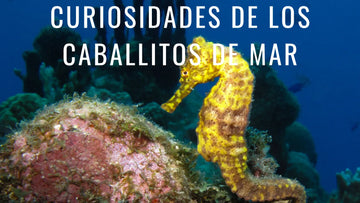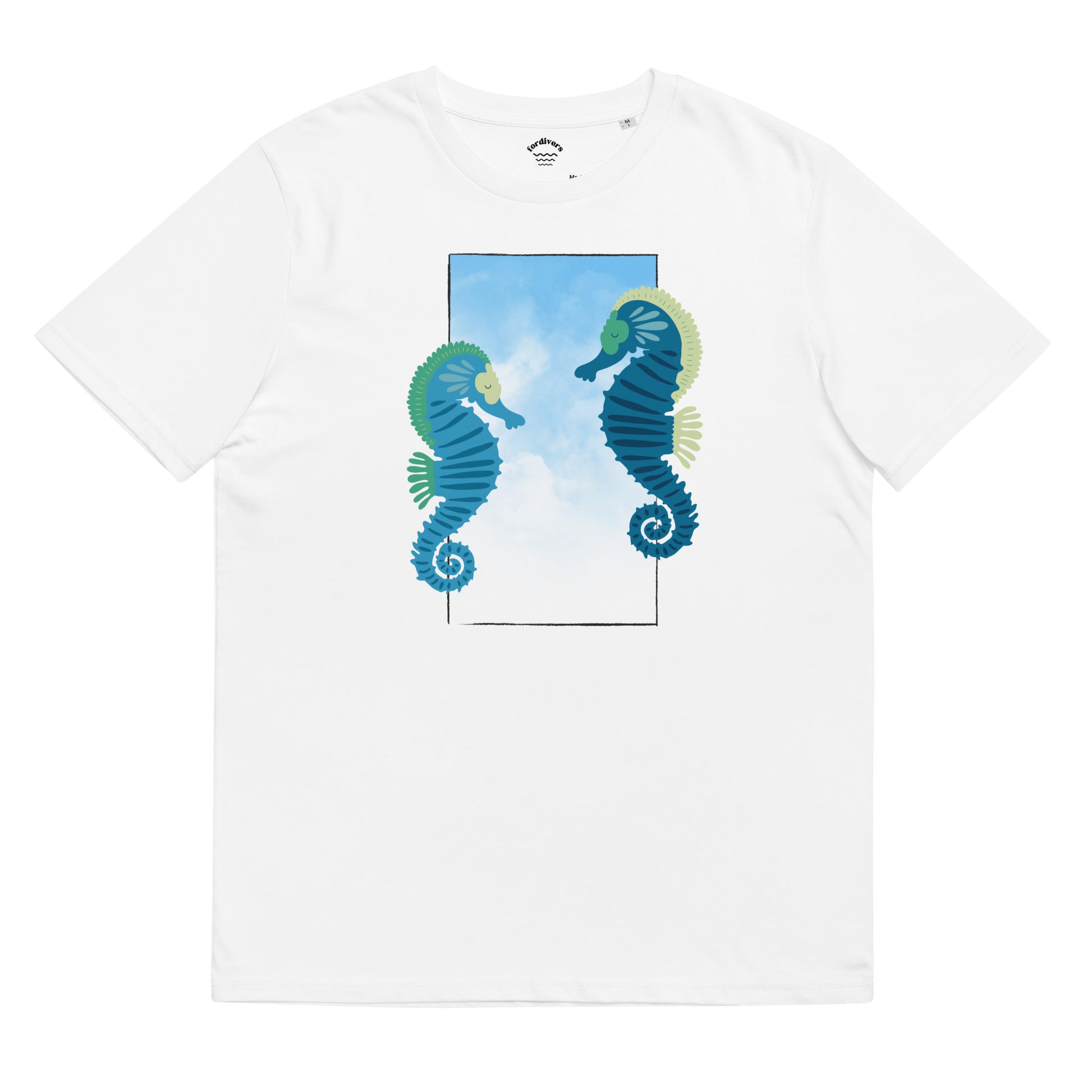Seahorses are one of the most fascinating and unique sea creatures in the world. Fragile fish with a most curious shape, with a tubular body, horse-shaped head and prehensile tail.
Despite their popularity as iconic animals, there are many things that are unknown about them, from their strange way of reproduction to their amazing ability to change color, seahorses have a number of curiosities that will surely surprise any lover of marine life. We tell you some of the most interesting curiosities about these mysterious inhabitants of the ocean.
1. Male gives birth to offspring

Male seahorses are responsible for the care and birth of the young, and are one of the few species to reverse roles. The female deposits the eggs in the male's ventral sac, and once inside, the sperm fertilizes them. It is believed that this ability allows them to have more offspring, because while the male incubates the eggs, the female can create new eggs that are inserted into the male virtually after birth.
2. They devote a lot of time to courtship
Seahorse courtship is very complex and slow. The courtship begins with the male circling the female and making clicks. The couple stays together for days, waiting for the precise moment when the female has the eggs ready for fertilization.
Seahorse T-shirts
SEE MORE SEAHORSE T-SHIRTSDuring this time, they perform a curious "synchronized dance" that can last up to 8 hours, during which the male introduces and expels water from his ventral sac to show the female that he is not incubating any more eggs. When the eggs are ready, the pair grabs each other's prehensile tails and the female inserts the eggs into the male.
3. Only 0.5% of offspring survive to adulthood
Of all the little seahorses you just saw in the video, only 0.5% would have survived if they had been born in their natural habitat. Of the 1,800 or so babies that some species can give birth to, only 9 will survive to adulthood. Although this may seem like a very low rate, it is very high for fish. What happens to the other 1,791? They become food for the ocean.
4. They flap their dorsal fin 35 times per second
And despite this enormous effort, they are very slow fish, moving at a maximum speed of about 150-200 cm per hour. This is mainly due to their vertical position and the lack of a tail fin.
5. They are voracious predators
Despite their small size (maximum 30 centimeters and minimum 1 centimeter), they are capable of eating up to 3,000 artemia (small brachiopods) per day.
6. They have no stomach
This is the main reason why they are so voracious. Lacking a stomach, food passes quickly through their intestinal tract, and they need to eat a lot of prey to get the nutrients they need.
7. They can be highly specialized in their habitat
The pygmy seahorse (Hippocampus bargibanti) lives in a single gorgonian of the genus Muricella. This small seahorse has such similar protuberances to this gorgonian that it went unnoticed in its choice of habitat, and this may be the reason why it has survived to this day.

Pigmy seahorse. Pic by Dave Bluck
8. They have their own "fingerprints"
Every seahorse is different from every other seahorse. All seahorses are born with unique protrusions on their heads called crowns, which allow us to identify them in the same way that we can be identified by our fingerprints.
9. They have an exceptional vision
Not only that, like chameleons they can move their eyes independently, an ability that makes hunting much easier as they cling to coral or vegetation with their prehensile tails.
10. They can change the colour of their skin
Seahorses have cells in their skin called chromatophores that allow them to change the colour and tone of their skin when they feel threatened or during courtship. The speed of this colour change depends on the situation, for example it can be very fast in a life or death situation.























